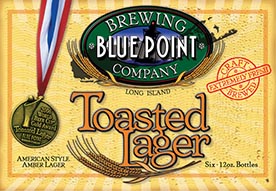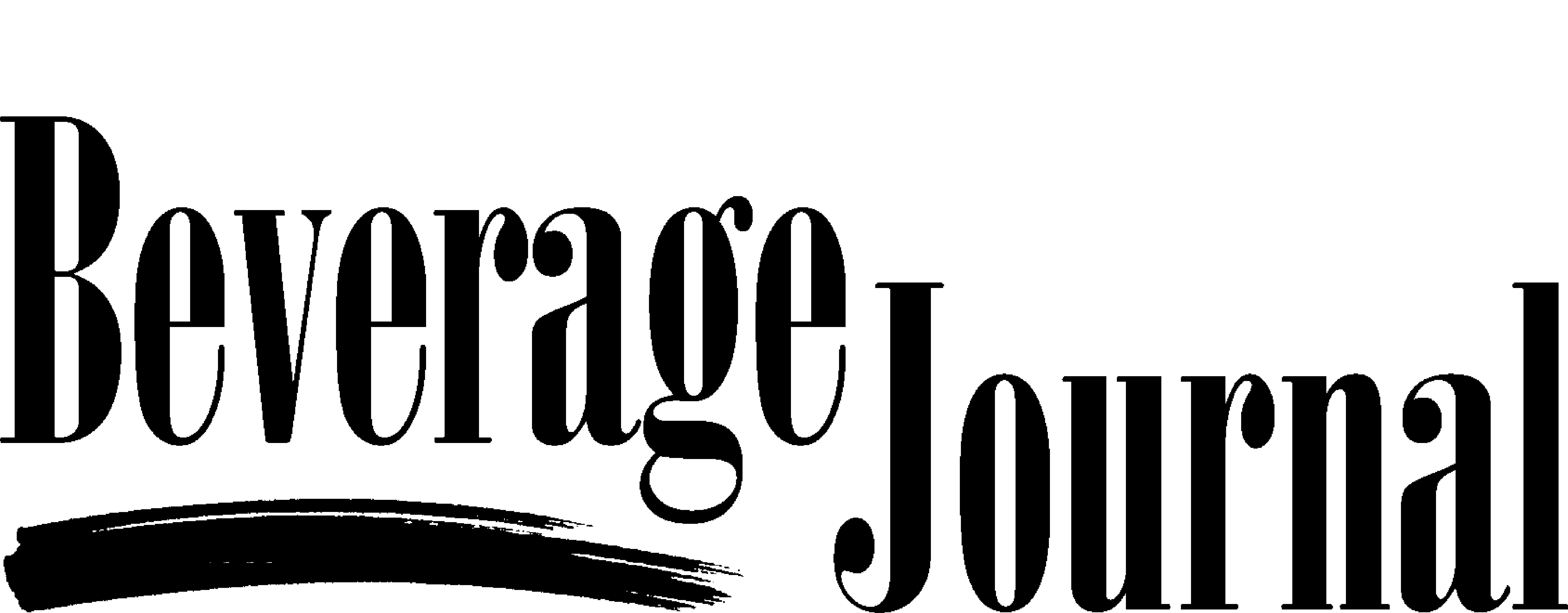Trending Articles ...
Blue Point Toasted Lager

Twenty nine years ago the Blue Point Brewing Company, Long Island’s first significant microbrewery, was founded in Patchogue, New York by two old friends - Mark Burland and Peter Cooper. Unlike most microbreweries, Blue Point’s first beer was a lager rather than ale. This was risky business as lagers require much more care throughout the brewing process than your typical ale. Darker color or additional hopping cannot mask flavor flaws and other mistakes. But Burland and Cooper’s risk paid off. Toasted Lager became the brewer’s flagship brand, and a Gold and Silver Award winner at the World Beer Cup competition.
Blue Point’s “Toasted Lager” takes its name from a brewing technique that uses the direct application of flames to heat the brew kettle. This is in contrast with the usual method of heating the kettle with steam. The long used “Fire Brewing “method has been around for a long time and provides a hint of toasted flavor. It was used and highly touted by Detroit’s famous Stroh Brewery.
Lager beers are not known for being hop centric. Blue Point’s Toasted Lager is no different in that regard, but according to the brewer, hops are added three times during the brewing process. They are added at two different times during the boil in the brew kettle, and are again added later in the process in a technique known as “dry hopping.” Hop notes are present at the beginning and at the end of the tasting. The beer has a hop count of 28 IBU’s, which in the range of a Vienna style lager.
This beer obtains most of its flavor from the generous use of five kinds of malt. English Pale, Crystal, Munich, Carapils, Wheat and Belgian Caravienna are used to produce the soul of the beer and the combination gives the beer a wonderful body. At 5.5% alcohol this is a very pleasant and drinkable beer. The typical craft beer drinker would probably be surprised at its refreshing taste.
In February of this year, the Blue Point Brewery began another chapter in its history when it was sold to AnheuserBuschInBev. This acquisition is part of a developing pattern by the largest brewers to broaden the appeal of their portfolios by including high quality craft beers. No doubt they want to share in the margin pool of the rapidly growing craft beer movement. Large brewers also hope it will give them increased credibility with craft beer consumers. For the owners of this and other microbrewers, it represents a good way to cash out on their investment and sweat equity, and is part of a consolidation trend in the craft beer industry. Economic necessities, opportunities for owners to ensure their financial future and increased competition from an ever increasing number of brewing entities for a static beer drinking population will likely continue to add to this trend in the future.

